Regulation of International Financial Markets and Banking
The research group "Regulation of International Financial Markets and Banking" analyzes international capital flows and the effects of regulatory changes on financial stability. Financial integration promotes efficient capital allocation and risk sharing but also eases the transmission of shocks across borders.
Banking regulation has accordingly evolved in recent years, yet the full impact of these reforms remains unclear. Hence, the group focuses on two areas:
First, it investigates the drivers of international capital flows and their effects on financial stability. Periods of high financial integration often precede crises with lasting real-economy consequences. The aim is to understand how to ensure stable and effective credit allocation.
Second, it examines how changes in regulation and supervision influence cross-border banking, especially within the context of European integration. This includes evaluating the balance between regulatory harmonization and unintended market distortions.
Two data projects support this research: the International Banking Library, a web-based platform for research exchange with a quarterly newsletter reaching more than 700 subscribers, and the Financial Markets Directives Database, which documents the implementation of key EU financial regulations with a special focus on the European Banking Union. Together, they promote evidence-based policymaking and enhance the group's global visibility.
Research Cluster
Economic Dynamics and StabilityYour contact

- Department Financial Markets
EXTERNAL FUNDING
10.2021 ‐ 06.2025
Distributional Effects of Macroeconomic Policies in Europe (DEMAP)
Leibniz Association
The project examines how political measures at the level of the European Union, for example the European Recovery Fund, affect inequality between households.
07.2017 ‐ 12.2022
The Political Economy of the European Banking Union
Causes of national differences in the implementation of the Banking Union and the resulting impact on financial stability.
01.2015 ‐ 12.2017
Dynamic Interactions between Banks and the Real Economy
Refereed Publications
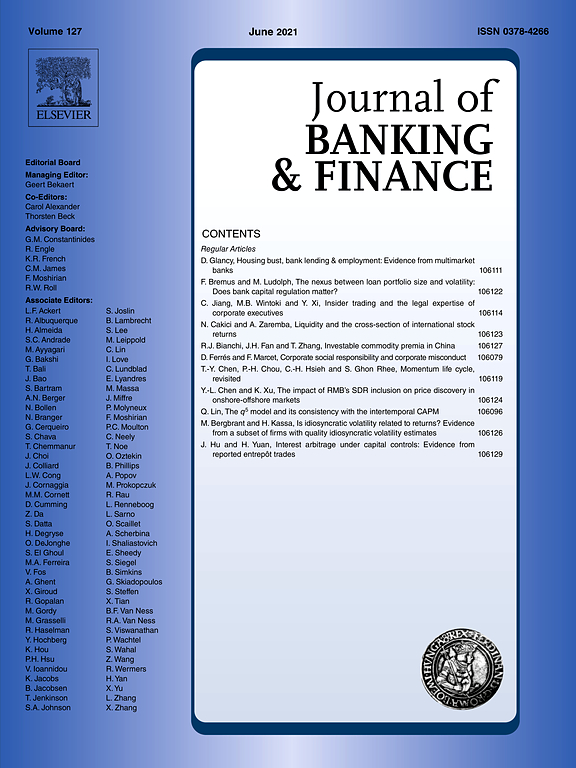
Should I Stay or Should I Go? Bank Productivity and Internationalization Decisions
in: Journal of Banking and Finance, No. 42, 2014
Abstract
Differences in firm-level productivity explain international activities of non-financial firms quite well. We test whether differences in bank productivity determine international activities of banks. Based on a dataset that allows tracking banks across countries and across different modes of foreign entry, we model the ordered probability of maintaining a commercial presence abroad and the volume of banks’ international assets empirically. Our research has three main findings. First, more productive banks are more likely to enter foreign markets in increasingly complex modes. Second, more productive banks also hold larger volumes of foreign assets. Third, higher risk aversion renders entry less likely, but it increases the volume of foreign activities conditional upon entry.
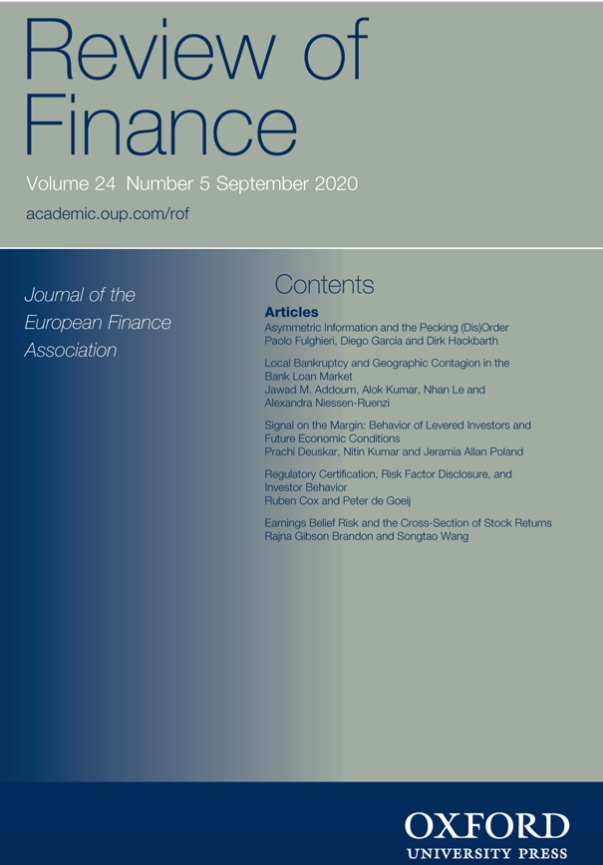
The Impact of Public Guarantees on Bank Risk-taking: Evidence from a Natural Experiment
in: Review of Finance, No. 2, 2014
Abstract
In 2001, government guarantees for savings banks in Germany were removed following a lawsuit. We use this natural experiment to examine the effect of government guarantees on bank risk-taking. The results suggest that banks whose government guarantee was removed reduced credit risk by cutting off the riskiest borrowers from credit. Using a difference-in-differences approach we show that none of these effects are present in a control group of German banks to whom the guarantee was not applicable. Furthermore, savings banks adjusted their liabilities away from risk-sensitive debt instruments after the removal of the guarantee, while we do not observe this for the control group. We also document that yield spreads of savings banks’ bonds increased significantly right after the announcement of the decision to remove guarantees, while the yield spread of a sample of bonds issued by the control group remained unchanged. The evidence implies that public guarantees may be associated with substantial moral hazard effects.

Do Banks Benefit from Internationalization? Revisiting the Market Power–Risk Nexus
in: Review of Finance, No. 4, 2013
Abstract
We analyze the impact of bank internationalization on domestic market power (Lerner index) and risk for German banks. Risk is measured by the official declaration of regulatory authorities that a bank is distressed. We distinguish the volume of foreign assets, the number of foreign countries, and different modes of foreign entry. Our analysis has three main results. First, higher market power is associated with lower risk. Second, holding assets in many countries reduce market power at home, but banks with a higher share of foreign assets exhibit higher market power. Third, bank internationalization is only weakly related to bank risk.
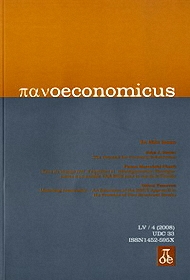
Initial Evidence from a New Database on Capital Market Restrictions
in: Panoeconomicus, No. 3, 2012
Abstract
One of the key obstacles to the empirical analysis of capital controls has been the unavailability of a detailed set of indicators for controls that cover a broad set of countries over a range of years. In this paper, we propose a new set of indicators derived from the Annual Reports on Exchange Arrangements and Export Restrictions. Contrary to most earlier attempts to construct control indicators from this source, our set of indices allows one to analyze the control intensity separately for inflow, outflow and repatriation controls. An additional set of indicators features information on the institutional design of controls. At first glance, the data show that the financial crisis caused a surge in capital market restrictions, most notably concerning the derivatives market. This reflex, which is not justified by the scarce empirical evidence on the success of controls, shows the importance of having a valid measure to allow an econometrically sound policy evaluation in this field. The data are available from the author upon request.
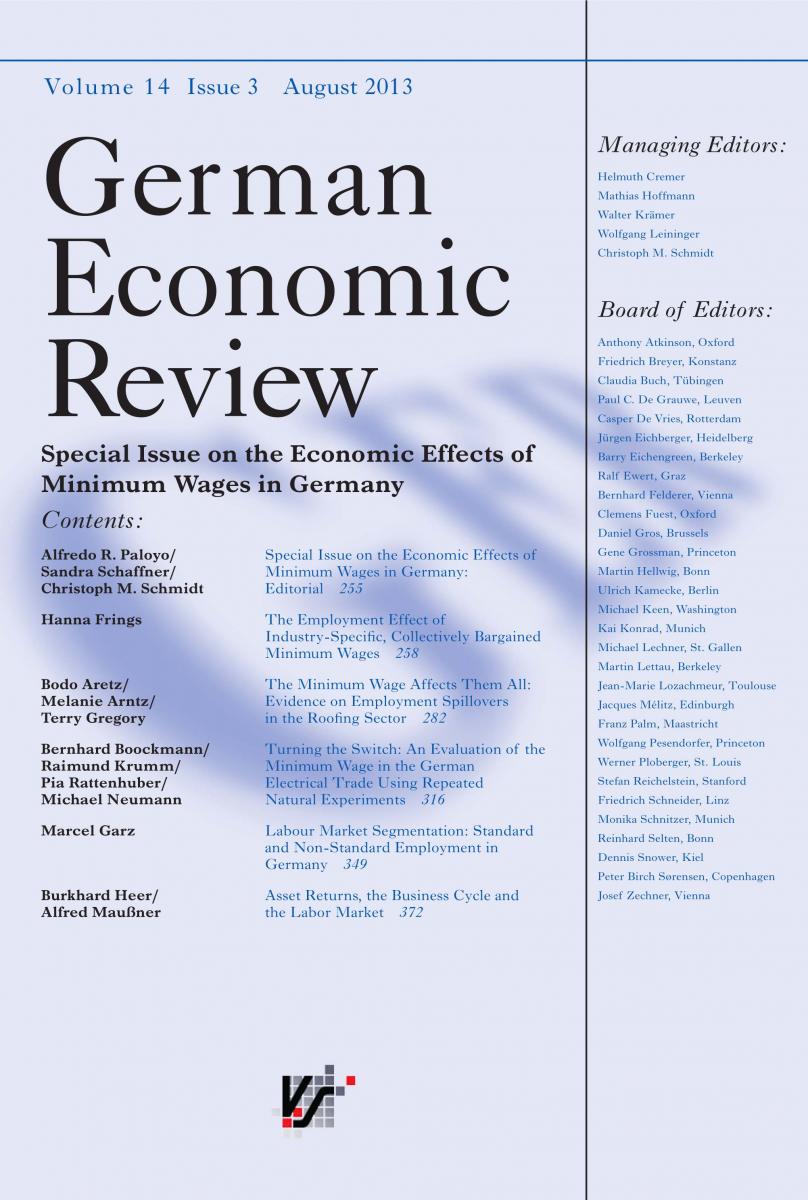
The Distorting Impact of Capital Controls
in: German Economic Review, No. 1, 2012
Abstract
This paper uses panel data to show that capital controls have a significant impact on international interest rate differentials. Various types of controls can be distinguished within the data. The analysis shows that the aforementioned effects of capital controls on interest rates are especially strong in the case of capital import controls on portfolio capital; the implementation of these controls has been suggested in the wake of the Asian Crisis to prevent further crises. The results presented herein contradict the hypothesis that capital controls can achieve a restructuring of the maturity of capital inflows without a distortion in international capital allocation.
Working Papers
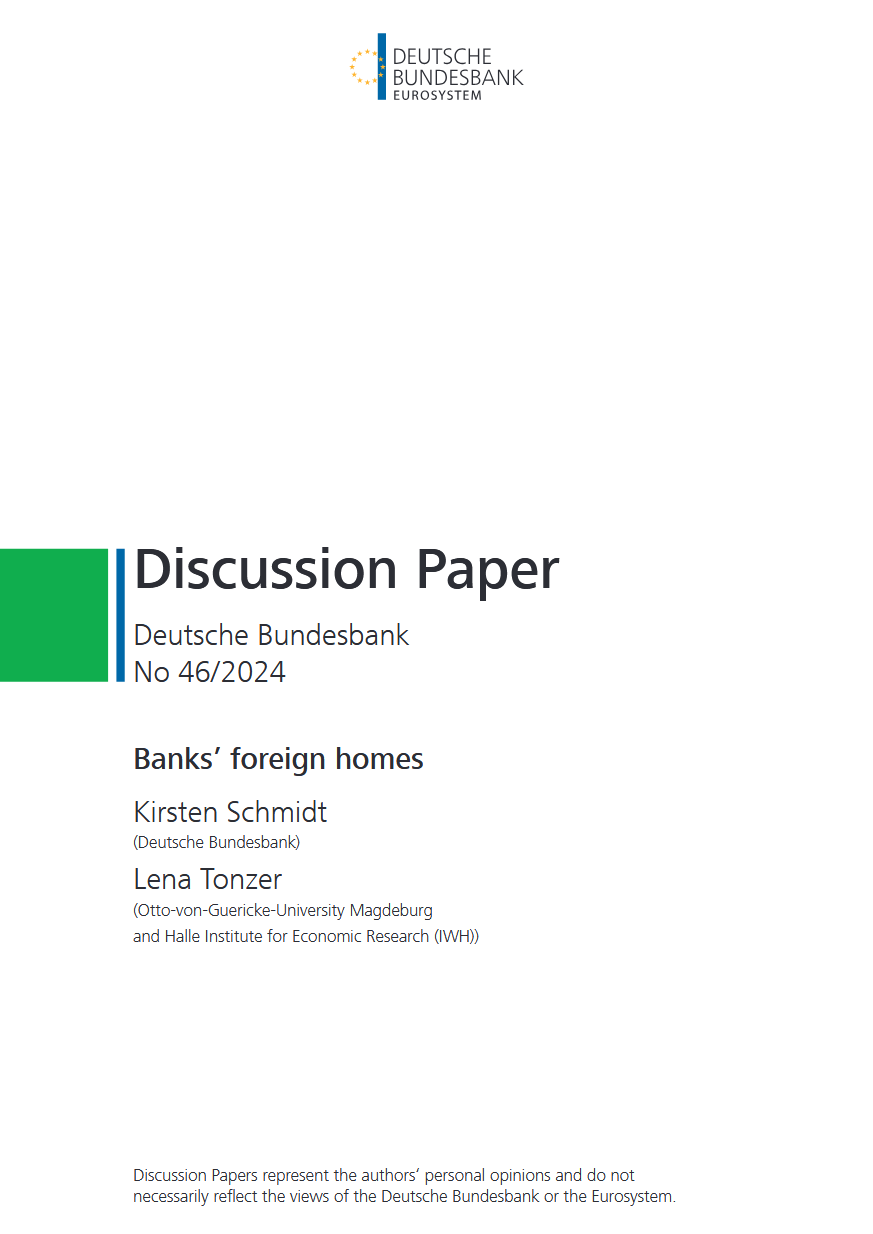
Banks’ foreign homes
in: Deutsche Bundesbank Discussion Papers, No. 46, 2024
Abstract
<p>Our results reveal that higher lending spreads between foreign and home markets redirect real estate backed lending towards foreign markets offering a higher interest rate, which provides evidence for "search for yield" behavior. This re-allocation is found especially for banks with more expertise on the foreign market due to a higher local activity and holds for commercial and residential real estate backed loans. Furthermore, "search for yield" behavior and a resulting increase in foreign real estate backed lending is found when macroprudential regulation is missing or misaligned between a bank’s country of residence and the destination country. When turning to the question of whether the detected search for yield behavior results in more risk, we find that especially better capitalized banks report higher forbearance ratios as they might face less stigma effects compared to low capitalized banks.</p>
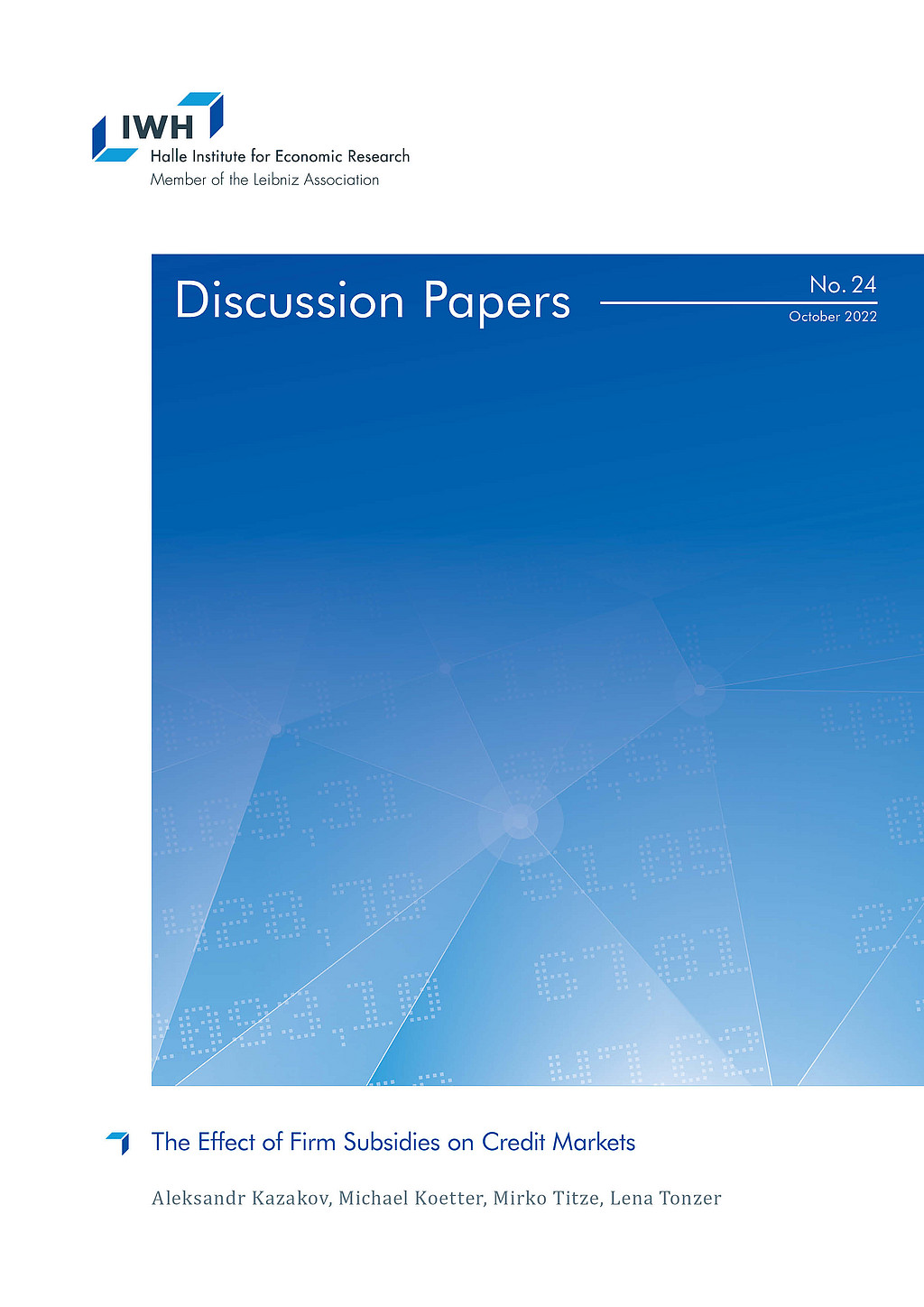
The Effect of Firm Subsidies on Credit Markets
in: IWH Discussion Papers, No. 24, 2022
Abstract
<p>We use granular project-level information for the largest regional economic development program in German history to study whether government subsidies to firms affect the quantity and quality of bank lending. We combine the universe of recipient firms under the Improvement of Regional Economic Structures program (GRW) with their local banks during 1998-2019. The modalities of GRW subsidies to firms are determined at the EU level. Therefore, we use it to identify bank outcomes. Banks with relationships to more subsidized firms exhibit higher lending volumes without any significant differences in bank stability. Subsidized firms, in turn, borrow more indicating that banks facilitate regional economic development policies.</p>
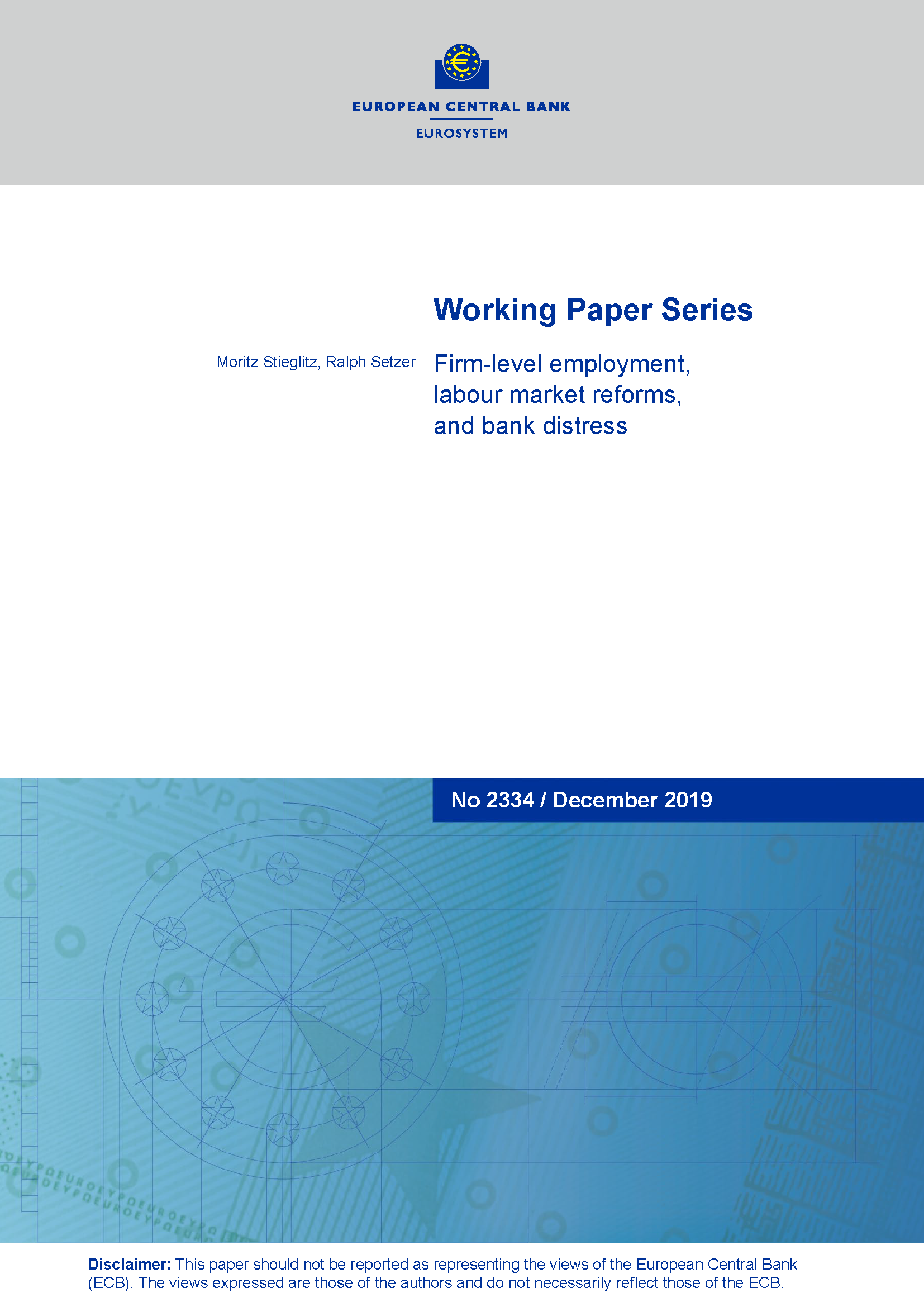
Climate Change-Related Regulatory Risks and Bank Lending
in: ECB Working Paper, No. 2670, 2022
Abstract
We identify the effect of climate change-related regulatory risks on credit real-location. Our evidence suggests that effects depend borrower's region. Following an increase in salience of regulatory risks, banks reallocate credit to US firms that could be negatively impacted by regulatory interventions. Conversely, in Europe, banks lend more to firms that could benefit from environmental regulation. The effect is moderated by banks' own loan portfolio composition. Banks with a portfolio tilted towards firms that could be negatively a affected by environmental policies increasingly support these firms. Overall, our results indicate that financial implications of regulation associated with climate change appear to be the main drivers of banks' behavior.
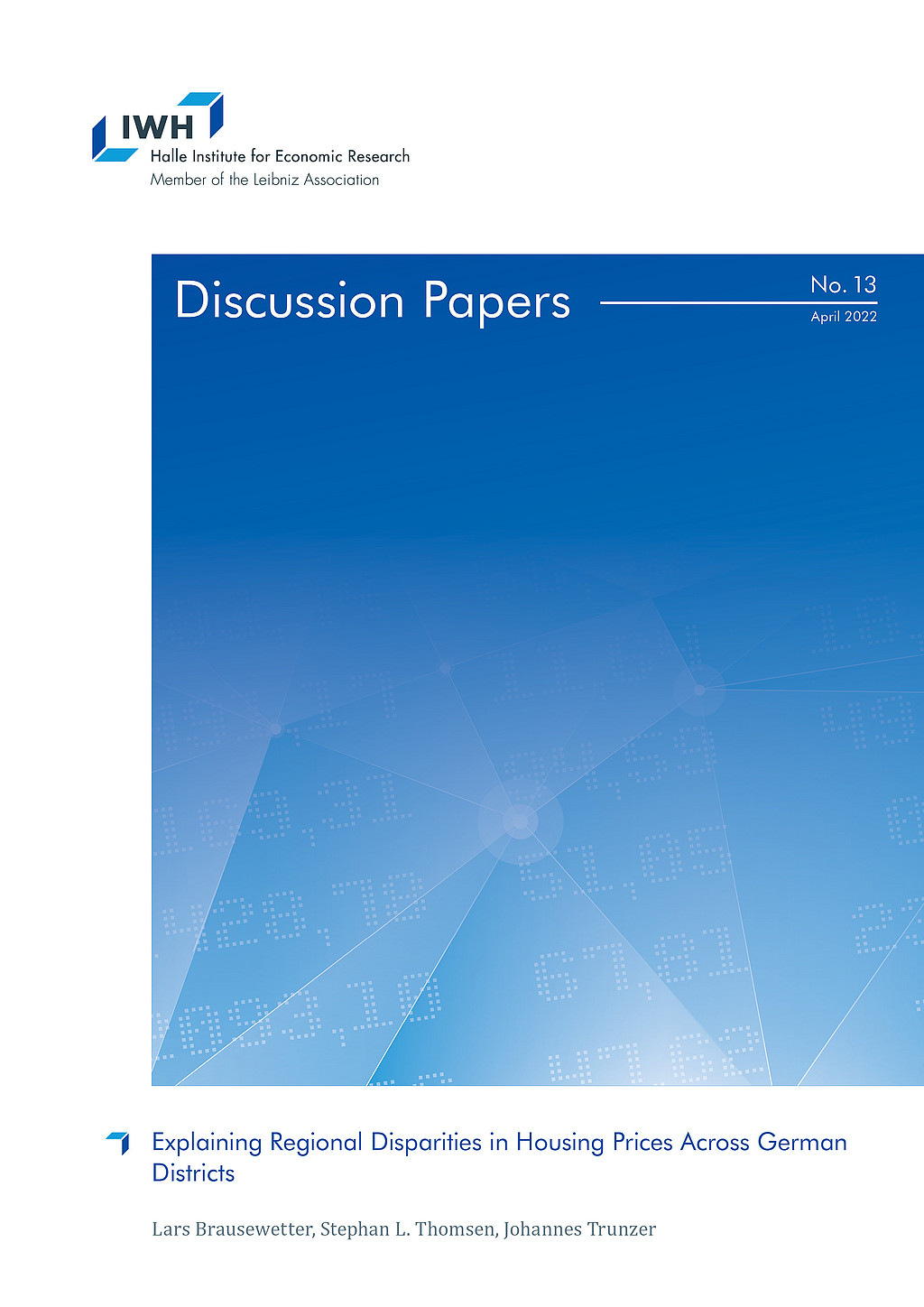
Explaining Regional Disparities in Housing Prices Across German Districts
in: IWH Discussion Papers, No. 13, 2022
Abstract
Over the last decade, German housing prices have increased unprecedentedly. Drawing on quality-adjusted housing price data at the district level, we document large and increasing regional disparities: Growth rates were higher in 1) the largest seven cities, 2) districts located in the south, and 3) districts with higher initial price levels. Indications of price bubbles are concentrated in the largest cities and in the purchasing market. Prices seem to be driven by the demand side: Increasing population density, higher shares of academically educated employees and increasing purchasing power explain our findings, while supply remained relatively constrained in the short term.
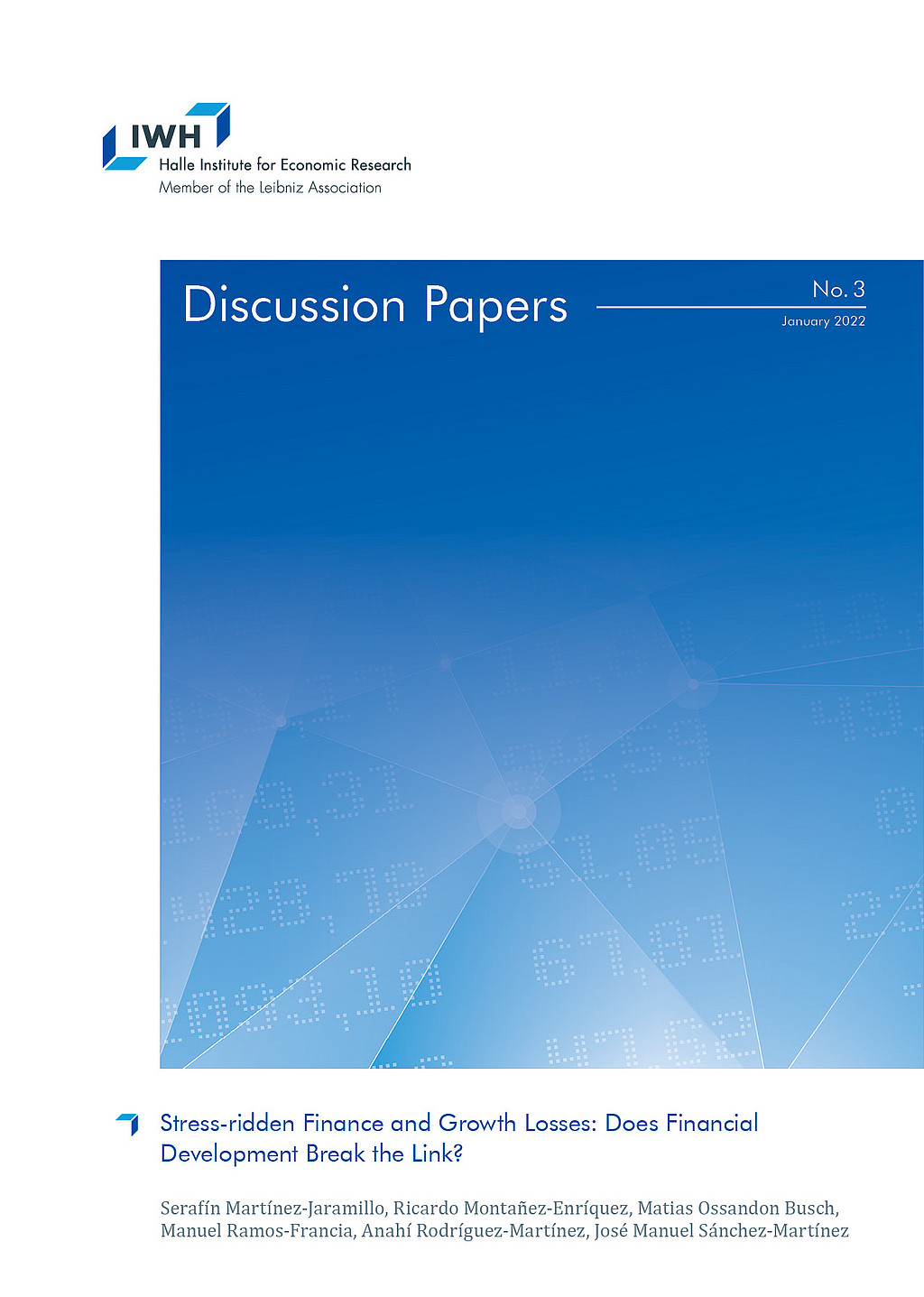
Stress-ridden Finance and Growth Losses: Does Financial Development Break the Link?
in: IWH Discussion Papers, No. 3, 2022
Abstract
Does financial development shield countries from the pass-through of financial shocks to real outcomes? We evaluate this question by characterising the probability density of expected GDP growth conditional on financial stability indicators in a panel of 28 countries. Our robust results unveil a non-linear nexus between financial stability and expected GDP growth, depending on countries’ degree of financial development. While both domestic and global financial factors affect expected growth, the effect of global factors is moderated by financial development. This result highlights a previously unexplored channel trough which financial development can break the link between financial (in)stability and GDP growth.















